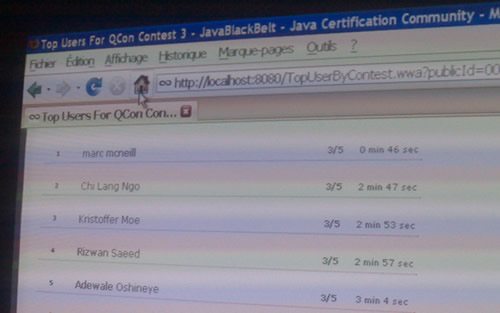It is not enough just to deliver software…
A ward clerk who organised admissions and discharges went sick for a few weeks. In her absence, the nursing staff who took over selected the first options that popped up on the computer screen. The result was that most patients were entered on the system as both deceased and discharged. [source]
This is inexcusable. How hard can it be to design an interface for frequently used tasks such as discharging patients or recording them as dead? Some informal usability testing with novice users would have demonstrated that the UI could not be used by novices. The mistake is dressed up as a lack of training- “Patients sent home from a hospital were wrongly recorded as dead when a group of nurses was asked to use a new IT system without receiving appropriate training”. Training?! Rubbish. You shouldn’t need training on a UI designed to check patients in and out. How difficult can that be? If they’d invested a little time in usability testing, and designing a usable UI, training, and costly mistakes would be all but eliminated. But the rush was probably just to get the software out of the door – to meet the functional requirements rather than the contextual and operational needs of the end users and the realities in which software will be used in.


